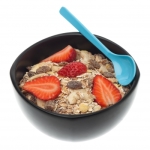Is Peanut Butter Good For Cholesterol?
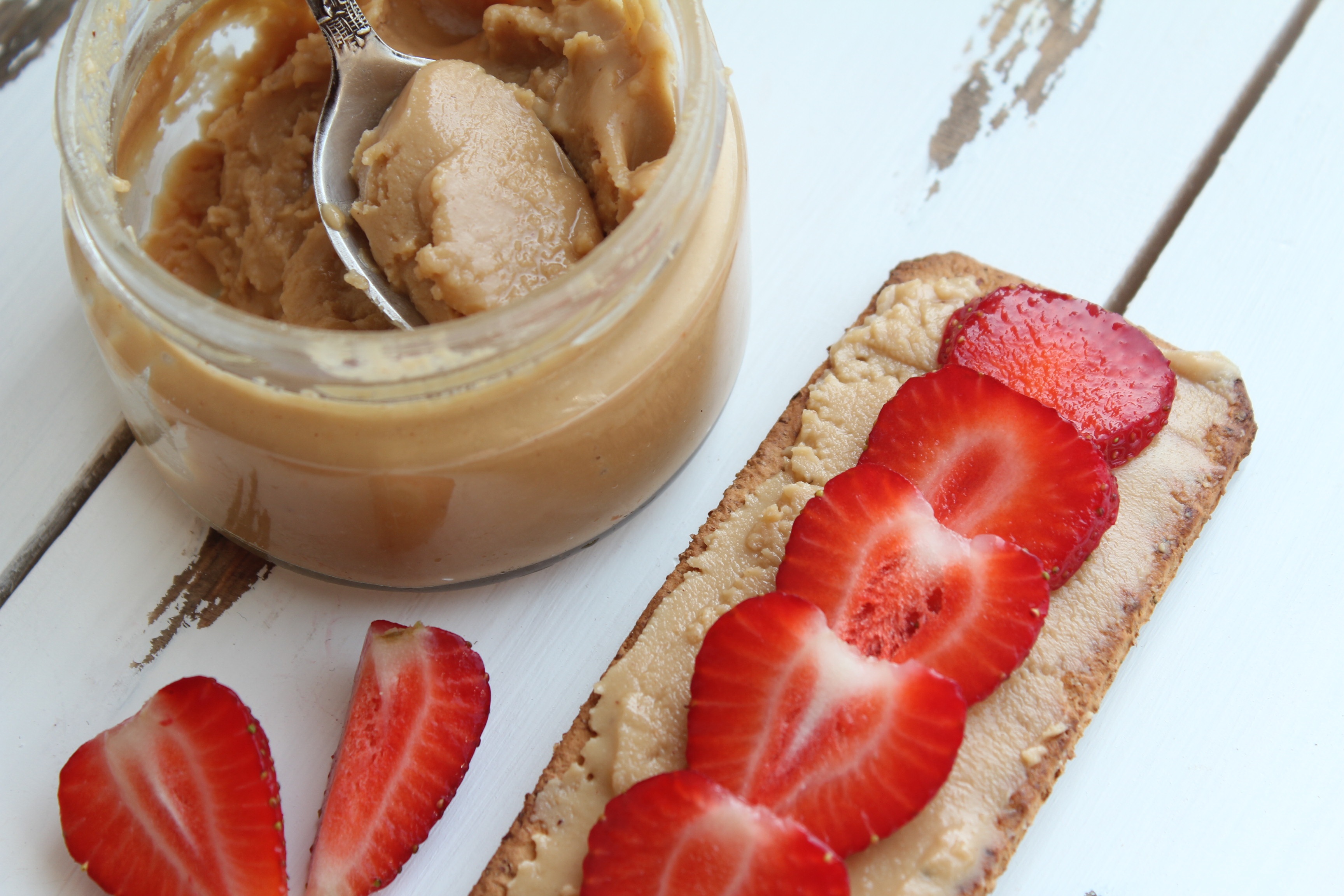
According to the Texas Peanut Producers, Americans eat 3 pounds of peanut butter per person each year. The average American child consumes about 1,500 peanut butter sandwiches by the time they graduate from high school.
Since we obviously love our peanut butter, just how nutritious is it for us?
Peanut Butter Health Benefits
Here are 5 health benefits of peanut butter:
1. Suppressed hunger
While peanuts are energy dense (i.e. not low in calories) consuming peanuts as a regular part of your diet does not lead to weight gain due to a high satiety value (i.e. reduced feelings of hunger).
2. Reduced risk for heart disease
Including peanuts in your diet leads to reduced cardiovascular disease risk due to peanuts promoting lower triglyceride levels and increased serum magnesium levels.
3. Heart healthy fats
About 50% of the fat contained in peanuts is a heart-healthy monounsaturated fat. This is the same type of fat found in olive oil. Studies have found monounsaturated fats improve cholesterol levels and reduce heart disease risk.
4. Lower colon cancer risk
Studies have connected frequent peanut intake to reduce colorectal cancer risk.
5. Reduces risk of diabetes
Research has found replacing carbohydrates with two ounces of nuts, such as peanuts, every day improves blood glucose control and blood lipids in individuals with type 2 diabetes.
Selecting a Healthy Peanut Butter
Read the food label. Select peanut butter containing no hydrogenated fats and minimal added sugar. Check the ingredient list and choose a peanut butter with only peanuts and salt listed. This means no additives and a rich peanut flavor.
Be sure to refrigerate natural peanut butter. The oils may become rancid if stored at room temperature. Try refrigerating the peanut butter upside down so the oils and solids remix and less stirring is required.
Consuming peanuts as a regular part of your diet is just one step you can take to promote lower cholesterol levels. Want more ideas? Access my free e-course here!
P.S. Did you know it takes 850 peanuts to make one 18oz. jar of peanut butter?
All the best,
Lisa Nelson RD
Health Pro for HealthCentral
Raspberries to Promote Heart Health
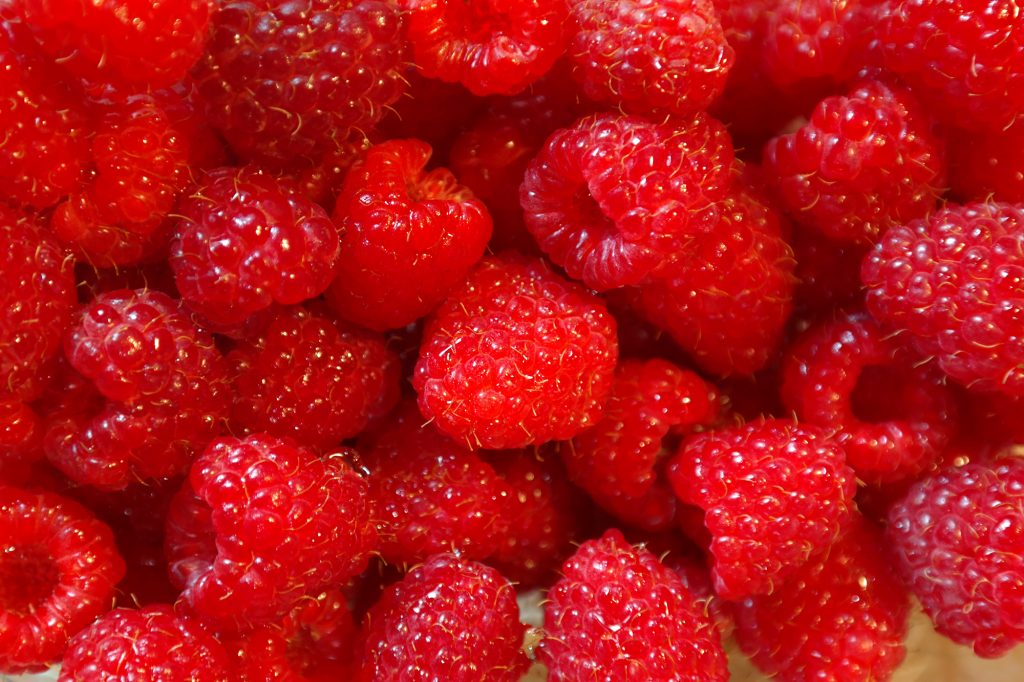
Raspberries are low calorie, convenient, great tasting, and provide a variety of nutrients. An excellent addition to your diet.
Fiber to lower cholesterol
Fiber is a key nutrient to combat high cholesterol levels and promote heart health. Dietary fiber binds to cholesterol in circulation and helps remove it from the body. Raspberries provide 12.5 grams/100 kcal (Calories).
For comparison…
High fiber cereals = 6 g fiber/100 kcal
Apple = 4.6 g fiber/100 kcal
Banana = 2.9 g fiber/100 kcal
Grapes = 1.3 g fiber/100 kcal
Most American’s consume about half the daily fiber recommendation of 25 to 35 grams per day. Raspberries are a useful tool for easily increasing your fiber intake. One cup of raspberries provides 8 grams of fiber.
Anthocyanins to lower blood pressure
Endothelial function is compromised with atherosclerotic disease. By providing the body with enhanced oxidative defenses, such as anthocyanins, you increase the nitric oxide released to relax blood vessels leading to vasodilation. This vasodilation promotes lower blood pressure levels. The anthocyanins found in raspberries have been shown to promote vasodilation of blood vessels in studies.
A little chemistry explanation
Quick chemistry lesson so you can better understand a couple terms.
Continue reading
Moms and dads: Are your children getting enough fiber?
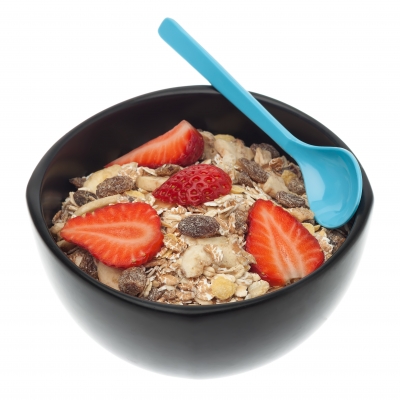 From keeping our immune system functioning to bowel regularity, our digestive systems do a lot for our everyday health.
From keeping our immune system functioning to bowel regularity, our digestive systems do a lot for our everyday health.
Dietary fiber as a regular part of your diet will promote lower cholesterol levels and improved heart health. Most of us consume about half of the fiber our bodies need to function correctly.
If we include fiber in the diets of our children now, we can make it a natural habit they continue into adulthood.
I asked registered dietitian Felicia D. Stoler, DCN, how parents can get inventive about ways to increase our family’s fiber intake. Stoler is the former host of TLC’s “Honey, We’re Killing the Kids,” and author of “Living Skinny in Fat Genes.”
Lisa Nelson, RD: How much fiber do we need?
Dr. Stoler: “Toddlers ages 1-3 need 19 grams of fiber daily. Children ages 4-8 years need 25 grams, about the same as adult women. Teenage boys and adult men should aim for 38 grams per day. That fiber requirement probably won’t be met by eating fast food. “A four-piece serving of chicken nuggets has just one gram of fiber. A six-inch turkey breast deli sandwich only has three grams.”
Lisa Nelson, RD: How do you get around the idea that a high-fiber diet means piling plates high with vegetables?
Dr. Stoler: “Sometimes playing ‘hide the fiber’ is the best way to improve a family’s nutrition.”
Lisa Nelson, RD: Can you give me some examples?
Dr. Stoler: “I’m always tossing ground flax seed into foods. One of my favorite tips is to use it as a thickener for tomato sauce or soup. Serving a lot of side dishes is a great way to load up on vegetables or grain-based foods. Along with a main course of poultry or fish, I prepare a lot of side dishes with beans, lentils and multiple grains. For flavor and color this time of year, toss in some cranberries.”
Lisa Nelson, RD: What about giving the family a high-quality fiber supplement?
Dr. Stoler: “I keep Sunfiber on the kitchen counter so it’s very convenient while I’m cooking. Since it’s odorless, tasteless and mixes easily into just about anything, it’s routinely my secret ingredient in a lot of foods from pancakes, waffles and muffins to chili, soup and yogurt. One scoop adds six grams of fiber, which is significant. It also helps support your family’s bone health because it supports better calcium and magnesium absorption.”
Lisa Nelson, RD: How can you add more fiber to kids’ party foods, especially if the event is at someone else’s home?
Dr. Stoler: “Offer to bring a snack for fall get-togethers. Kids go crazy for fruit kabobs. Just thread fresh melon balls onto wooden skewers. Then flip over half of the empty melon shell, and stick the skewers into it for a festive presentation. If you’re short on time, buy the pre-cut melon and stick the skewers in a Styrofoam ball from the craft store or invert a colander. When fruit is presented in an enticing way, people want to eat it.”
Lisa Nelson, RD: Do you have other creative tricks for getting kids to eat healthier?
Dr. Stoler: “Make sure plates are filled with colorful foods. Food that’s appealing stands a greater chance of getting eaten. Use cookie cutters to cut sandwiches made with high-fiber bread. Use a vegetable peeler to cut carrots or cucumbers into ribbons. Experiment with cutting other vegetables into fun shapes.”
Lisa Nelson, RD: What do you suggest for a high-fiber, family dessert?
Dr. Stoler: “Dress up fruits for dessert. The beauty of high-fiber desserts is that they fill you up, especially if you slow down and savor each bite. So you won’t be as tempted to over-indulge. Frozen grapes are fun and easy. Fruit cobblers are also a good choice for chillier evenings, especially if you sprinkle some Sunfiber into the mixture before baking. Making it with an oatmeal topping will add even more fiber and nutrients.”
Lisa Nelson, RD: Do you have any other suggestions for parents to encourage their kids to start eating more vegetables?
Dr. Stoler: “Include your children in creating menus, grocery shopping, gardening, setting the table and food preparation. “This may not only broaden their interest in trying different foods, it can also teach them important life skills around food such as budgeting money and time management skills. Passing on your knowledge will help them to be great parents!”
Dr. Stoler adds that Sunfiber, which she referenced, is well researched for its health benefits. Those studies are available at www.Sunfiber.com.
You can also access the free ecourse How to Lower Cholesterol in 8 Simple Steps at http://lowercholesterolwithlisa.com.
All the best,
Lisa Nelson RD
Image courtesy of phasinphoto / FreeDigitalPhotos.net
Use Beans to Lower Cholesterol in Just 3 Weeks
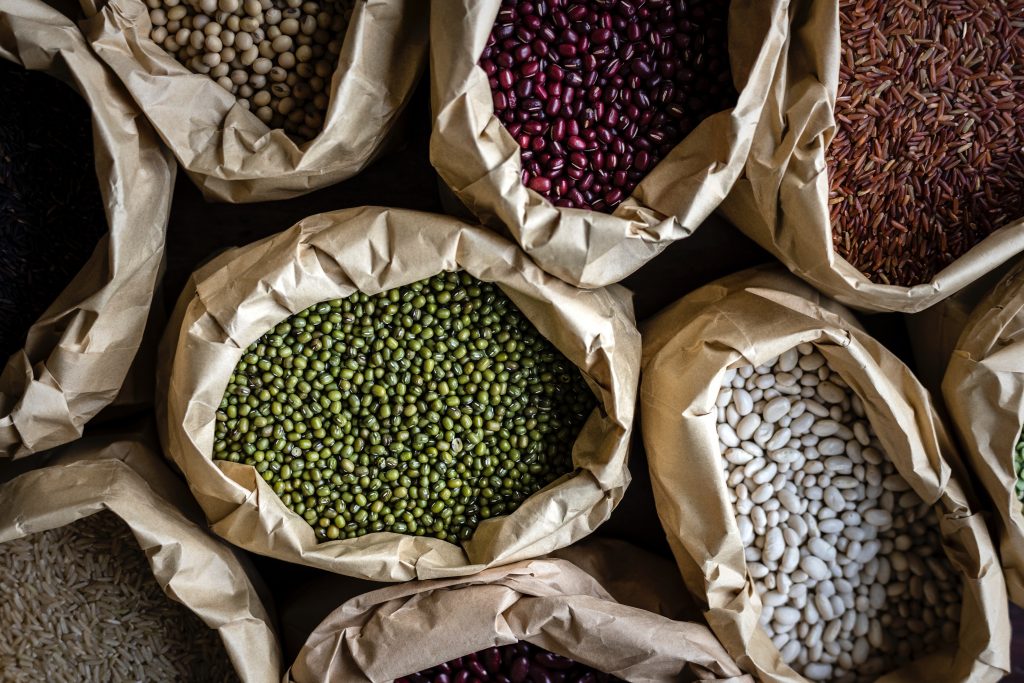
More than one study has supported the effectiveness of dry beans to lower cholesterol levels. A meta analysis released in the Canadian Medical Association Journal analyzed the results of twenty-six randomized controlled trials lasting at least three weeks in duration.
The findings conclude that consuming a diet that includes beans, chickpeas, lentils, and peas does lower low density lipoprotein (LDL) cholesterol levels.
How much must you eat?
The diets in the analyzed studies consumed an average of 130 g/day. This would be equal to about 1 serving of beans, chickpeas, lentils, and peas. One serving is equal to ½ cup of kidney beans, pinto beans, or chickpeas.
Study participants who consumed ~1/2 cup servings of beans every day for a 3 week period of time had an average reduction in LDL cholesterol levels of 6.5 mg/dL.
Imagine the potential improvement in levels if consumed over a longer period of time. An easy and effective way to promote healthy cholesterol levels.
Omega 3 & Common Fish Oil Myths

Have you had a chance to review some of the Omega 3 information I’ve shared? If not, here are links to some resources:
How much omega 3 do you need to lower cholesterol?
Top Omega 3 Sources to Lower Cholesterol
Now, let’s get a another point of view from Dr. Fred Sancillio.
Dr. Sancilio is a development scientist. He has published over 20 articles in peer-reviewed scientific journals and has presented to scientists in conferences around the world. He started his career as a physical and analytical chemist in the Research Division of Hoffmann-LaRoche, Inc. Dr. Sancilio earned his M.S. and Ph.D. degrees in Physical and Analytical Chemistry from Rutgers University.
According to Dr. Sancilio, if you take a fish oil supplement to help lower your LDL cholesterol, you’re wasting your money. The same may hold true if you think there’s not much difference between the various types of fish oil and omega-3 supplements on store shelves except perhaps the capsule sizes (and the size of the smelly, fishy belches some cause after you take them).
So, let’s dive into a Q & A discussion different aspects of omega 3 and what Dr. Sancilio refers to as myths…
5 Steps for Heart Health, Starting Now

On the road to heart health, start with weight control. Reaching and maintaining a healthy weight promotes overall health and prevents many diseases, including heart disease. Living with extra weight, puts an increased burden on your heart muscle. Being overweight or obese puts you at increased risk for high blood pressure, type 2 diabetes, certain cancers, and other health
Here are five additional steps you can take for heart health:
1. Exercise more.
Being inactive is a major risk factor for heart disease. Regular exercise, particularly aerobic exercise, has many heart related benefits. For example, exercise will strengthen your heart, improves circulation, and lowers blood pressure.
2. Cut back on salt.
Salt can hide in places you may not expect. Read food labels. For some individuals, a high sodium diet is linked to high blood pressure. High blood pressure puts excess work on the heart and can lead to stroke and heart failure.
3. Avoid trans fat.
Trans fat increase LDL cholesterol, increase triglycerides and lowers HDL cholesterol. The FDA no longer recognizes trans fats as “generally recognized as safe” for use in food. Read food labels and select heart healthy oil when cooking, such as olive oil or canola oil.

